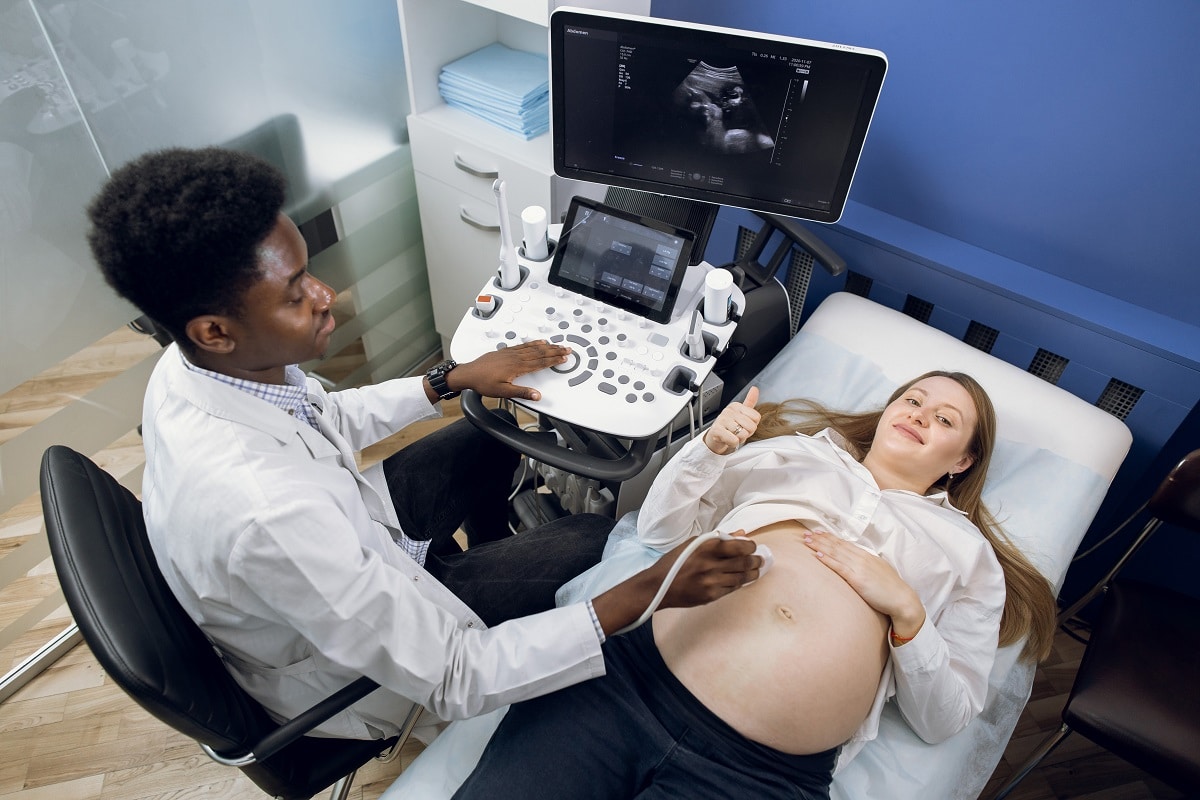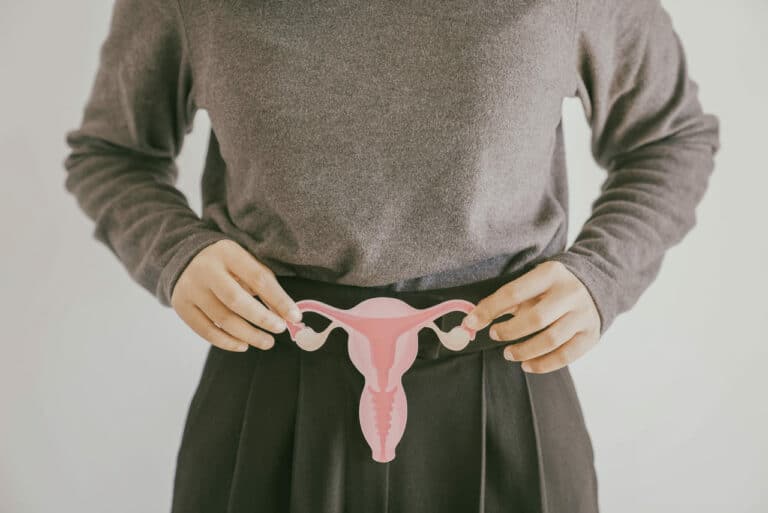Ultrasound scans are a popular and painless way to check your baby’s health. They don’t emit radiation, making them safe for the unborn child.
There is no one answer to this question, as the number of ultrasounds you need during pregnancy will depend on various factors, including your health and your baby’s health. Getting accurate results from the ultrasound depends on the quality of the ultrasound. As a sonographer, getting an ultrasound machine by USC Ultrasound does guarantee accurate and fast results easing diagnosis and monitoring. The other factor that may affect the accuracy of ultrasound results is if the machine is faulty. It’s always advisable to have the machine serviced by a professional. Hi-tech medical offers maintenance services as well as repairs for broken machines.
However, most women will generally have between two and four ultrasounds during their pregnancy. Here we will look at what each ultrasound can reveal about your baby’s development and why it might be necessary to have more than one ultrasound during your pregnancy.
In This Article
The Viability Ultrasound
The viability ultrasound is always the first ultrasound performed between 7 and 8 weeks of pregnancy. The viability ultrasound is used to check the fetal heartbeat. The fetal heartbeat will determine fetal health. It’s also essential in monitoring the overall growth of the fetus – which is usually in a bean-like shape of 1.5 to 2 centimeters long. The ultrasound will determine the size and match it to the expected size. The doctor will be able to tell if the fetal growth is under-growth, normal growth or over-growth.
Due to its small size, the abdominal ultrasound cannot locate it; hence, it is conducted with a transvaginal ultrasound. The ultrasound is inserted through the vagina and can be uncomfortable, but it’s 100% painless. The transvaginal use a slightly thick transducer than a tampon, which is lubricated. The transducer goes up to the cervix to create a clear view of the uterus. With the ultrasound, the doctor can understand the pregnancy viability, number of pregnancies, fetal size and heartbeat.
The Prenatal Genetic Ultrasound
The prenatal genetic ultrasound is done between 12 to 13 weeks of pregnancy. It’s also known as Nuchal translucency screening and is optional unless highly recommended by a physician. The doctor conducts the scan to look for chromosomal disorder indicators that may result in the child developing moderate or extreme physical challenges like Trisomy 13, 18 or 21. The doctor does the scan to confirm the presence of all four limbs. It also monitors the brain’s basic structure, stomach, bladder, and nasal bone.
Some of the reasons why a physician would recommend this are if the family has a history of genetic birth disorders. It also facilitates the decision-making of either keeping the pregnancy or terminating it if the fetus is at risk of genetic birth disorders. It allows the parent to seek physical, emotional and psychological in case the fetus suffers from genetic birth disorders. The decision to take the ultrasound scan is entirely the mother’s choice, and no medical practitioner can force you to do it. Before doing it, seek advice on the pros and cons of having it.

The Basic Anatomy Ultrasound
The full anatomy is the most common ultrasound performed at the 20th week of pregnancy. It confirms the baby’s organ system, ensuring normal size and shape. It confirms the position of the baby. A full anatomy ultrasound process includes a transducer that slides on the belly under the lubrication of a clear gel. The transducer sends the sound waves through the skin to create an image for examination. For a clear basic anatomy ultrasound, the mother is advised to come with a full bladder.
At the age of 20-weeks, the fetus has a developed its genitals defining the male or female. If the mother doesn’t want to know the gender of the baby, it’s advisable to inform the doctor ahead of time so that it does not slip. During the ultrasound, the doctor cancan see;
- The limbs include hands, feet, legs and arms.
- The Torso includes genitals, kidney, heart, bladder, chest, stomach, and diaphragm.
- Head and Face
- The Spine
- The Umbilical Cord
- The Amniotic Fluid Level
- The baby’s position, size and shape of the placenta
- The Cervix Length
Growth Ultrasound Scans
The growth ultrasound scan is done at the 28th, 32nd and the 36th week of gestation to monitor the baby’s growth. It’s mainly done for expectant mothers with Hypertension, Diabetes, High BMI, Preeclampsia or indicators of inappropriate placenta growth. During the scan, the doctor measures the circumference of the head, the length of the femur, the biparietal diameter and abdominal circumference. The measurements were taken to help the doctor determine the baby’s weight and monitor the baby’s growth. It doesn’t raise the alarm when the baby is bigger or larger, unlike when it is below the expected growth. The baby experiencing slow growth signifies undernourishment, and to the extreme, the baby can be delivered early.
There are other ultrasounds the doctor may advice one to take to check these two major places;
Cervix- the cervical length ultrasound is taken at the 16th, 18th, 20th and 22nd gestation week. Its regularity depends on the length of the cervix. The shorter the cervix, the more frequent the monitoring should be to ensure it’s closed to keep the pregnancy intact. If the cervix becomes too thin, cervical cerclage is done to keep the cervix closed to the due date.
Placenta – The placenta is the channel through which the unborn baby gets nutrients and air from the mother. The placenta ultrasound monitors if the placenta is in the right place, with the correct size and shape. Having a very small placenta can cause the unborn baby malnutrition. If in an unusual place, it will require constant monitoring to ensure the baby is feeding well – the growth rate will determine if it’s well fed.
To Conclude
Ultrasounds are a common prenatal test that helps ensure your baby’s health. Some pregnant women will have at least two ultrasounds during their pregnancy, but some may need more if they have certain risk factors or medical conditions. Always consult with your doctor about how many ultrasounds are right for you, and follow their recommendations. Ultrasounds can be used to determine the due date, check for abnormalities, and monitor the baby’s growth and development. So if you’re pregnant, relax and enjoy your ultrasound appointments since they’re an important part of ensuring a healthy pregnancy.











